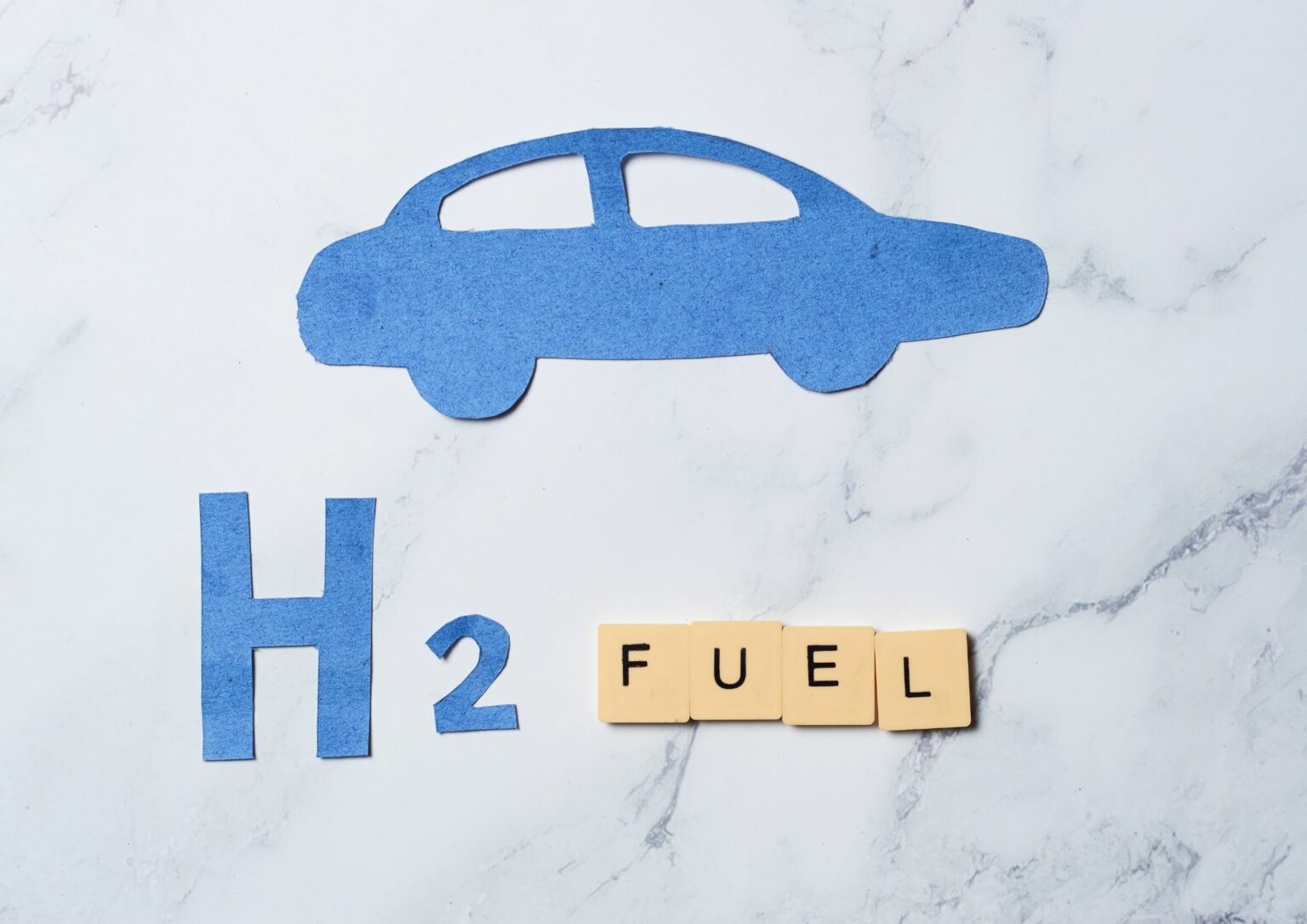A recent study titled “An investigation on the H2O, unburned H2 and NO emission characteristics from a direct injection hydrogen engine,” authored by Yajuan Chen, Diming Lou, Yunhua Zhang, Liang Fang, Dongxia Yang, Dezhi Ren, and Guofu Song, has been published in Volume 81 of the International Journal of Hydrogen Energy.
This timely piece of research delves into the emission characteristics of a hydrogen-fueled direct injection engine, a topic of critical importance as the world pivots towards cleaner energy solutions.
Hydrogen is hailed as a potential cornerstone of future sustainable energy systems due to its abundance and clean-burning nature. Unlike conventional fossil fuels, hydrogen combustion primarily produces water vapor, with the potential for zero carbon emissions. However, understanding the nuances of hydrogen combustion, particularly in high-efficiency engines like direct injection systems, is essential for optimizing performance and minimizing unwanted emissions.
The study meticulously examines three primary emission components from direct injection hydrogen engines: water (H2O), unburned hydrogen (H2), and nitrogen oxides (NO). The researchers found that these emissions vary significantly under different engine operating conditions, highlighting the complex dynamics at play within hydrogen combustion processes.
Technical Methodologies
The research involved a series of controlled experiments using a specialized direct injection hydrogen engine setup. Advanced diagnostic tools were used to measure the emission outputs, providing detailed insights into the behavior of H2O, unburned H2, and NO under various operational settings. These methods allowed for precise tracking and analysis of emission characteristics, contributing to a more nuanced understanding of the internal combustion dynamics of hydrogen engines.
Potential Applications
The findings from this study offer valuable data that could inform the design and optimization of hydrogen combustion engines. Understanding how different factors influence the levels of unburned hydrogen and nitrogen oxides could lead to improved engineering practices that minimize unwanted emissions, thereby enhancing the environmental benefits of hydrogen-powered vehicles.





